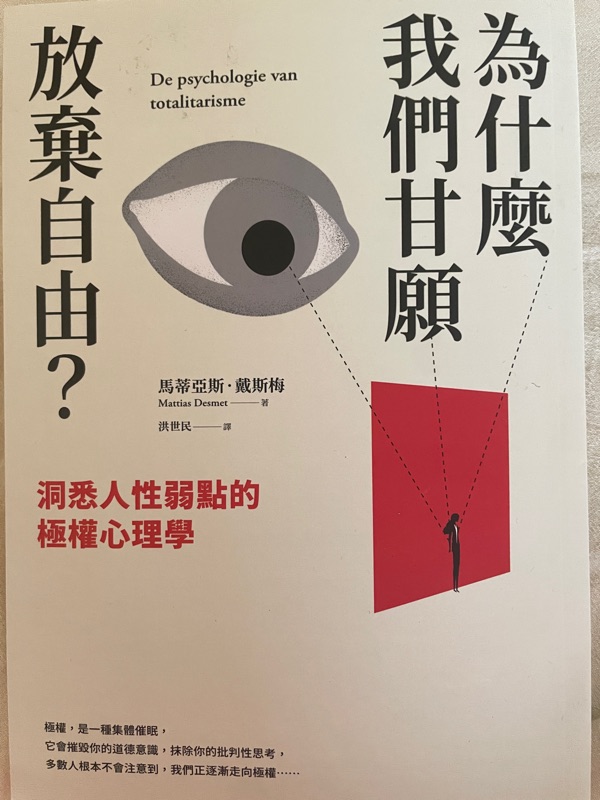Deep Packet Inspection: Legal Boundaries and Global Experiences


 I. Background
I. Background
With the rapid advancement of digital technologies, cybercrime has become increasingly rampant, encompassing threats such as online fraud, hacking, and cyberterrorism. These developments pose unprecedented challenges to public safety. Traditional investigative tools—such as wiretapping or subpoenaing user data—have limited effectiveness against encrypted communications, anonymous networks (like the dark web), and transnational criminal organizations.
To meet these challenges, law enforcement agencies have increasingly looked to emerging technologies to enhance investigative capabilities. One of the most prominent tools in this regard is Deep Packet Inspection (DPI)—a technique that allows for detailed inspection and analysis of data packets traversing a network.
DPI Capabilities and Controversies
DPI enables authorities to analyze the content and metadata of internet traffic in real time. It can detect malware, identify suspicious communication patterns, and trace the origin of cyberattacks. From a law enforcement perspective, DPI can assist in intercepting criminal communications, filtering illicit content, and monitoring high-risk traffic.
However, DPI’s very strength—its ability to access the content layer of communications—raises significant legal and ethical concerns. While it is widely used by network operators for cybersecurity purposes (e.g., spam filtering and intrusion detection), its application in surveillance contexts is controversial. Critics argue that DPI transforms internet service providers from neutral carriers into data controllers, undermining both net neutrality and user privacy. Civil society organizations have warned of the risk of abuse, especially in the absence of judicial oversight or legislative clarity.
In this light, balancing security interests with legal authorization and civil liberties has become a central policy dilemma in the adoption of DPI technologies.
Taiwan's Legal Context
Taiwan’s legal framework places strict procedural safeguards on communications surveillance and personal data protection. The Constitution guarantees the right to private communications. Under the Communications Protection and Surveillance Act, surveillance is only permitted when necessary to safeguard national security or public order, and must be authorized by the judiciary in cases of serious crimes. Even for communication metadata—such as IP addresses or call logs—a court-issued subpoena is required.
Additionally, the Personal Data Protection Act classifies communications data as personal information, which can only be collected or processed for legitimate and specific purposes, and must observe the principle of proportionality.
Conclusion: Under current Taiwanese law, there is no explicit legal basis that permits the large-scale deployment of DPI by police agencies for network surveillance.
II. International Case Comparisons
(Selected examples; not exhaustive.)
Countries differ significantly in how they regulate DPI in the law enforcement context. The following section compares practices in the EU (particularly Germany and the Netherlands), the United States, as well as more authoritarian regimes such as Russia and China.
1. European Union (Germany, Netherlands)
EU member states generally emphasize the protection of communications privacy and internet freedom, maintaining a cautious stance toward DPI.
- The ePrivacy Directive (2002/58/EC), Article 5, mandates the confidentiality of communications and prohibits interception without user consent or clear legal authorization.
- The General Data Protection Regulation (GDPR) treats network traffic data as personal information, subjecting it to strict limitations on collection, processing, and retention.
2. Netherlands
A global pioneer in net neutrality, the Netherlands amended its Telecommunications Act (Article 7.4a) in 2012 to prohibit ISPs from using DPI for commercial purposes. DPI is only permitted with user consent, for cybersecurity purposes, or under specific legal obligations.
- For law enforcement, the 2017 Intelligence and Security Services Act authorized DPI under targeted surveillance mandates and strong oversight. However, its inclusion of mass surveillance capabilities (e.g., dragnet data collection) provoked significant public backlash, leading to a 2018 referendum and subsequent legislative amendments to tighten controls.
3. Germany
Germany provides constitutional protections for communications privacy. Under Article 10 of the Basic Law and the G10 Act, state surveillance is strictly limited.
- In 2020, the Federal Constitutional Court ruled that even foreign surveillance must comply with fundamental rights, striking down mass, indiscriminate interception by intelligence agencies. DPI use must be specific, necessary, and proportionate—even when targeting non-citizens abroad.
4. EU Legal Doctrine
The Court of Justice of the EU (CJEU), in landmark cases such as Tele2 Sverige AB and La Quadrature du Net, ruled that any form of mass surveillance must be based on clear legal authority, adhere to the principle of necessity and proportionality, and be subject to external oversight and transparency.
- The European Data Protection Supervisor (EDPS) considers DPI a high-risk processing activity requiring the highest level of legal safeguards.
- The EU Agency for Cybersecurity (ENISA) has issued technical guidelines recommending cross-agency review processes to prevent overreach.
5. France
Initially, the Hadopi Law proposed mandatory DPI implementation by ISPs to block illegal file-sharing traffic. After intense criticism by privacy advocates, the French Constitutional Council ruled in 2009 that such monitoring required judicial oversight. The DPI provision was subsequently removed.
- Under Article L811 of the French Defense Code, intelligence agencies can conduct DPI-based surveillance for national security purposes, but only with Prime Ministerial approval and oversight by an independent authority (CNCTR). The 2015 surveillance law mandates prior authorization, post-hoc reviews, and regular reporting. The European Court of Human Rights (ECHR) has emphasized the need for stronger legal safeguards and redress mechanisms.
6. Belgium
The Belgacom case (2011) highlighted the risks of DPI misuse. The company conducted user behavior analysis via DPI without user knowledge, violating the ePrivacy Directive. The regulator ruled that such data processing must comply with transparency standards and informed consent. DPI operations were halted following the incident.
7. Sweden and Finland
Nordic countries maintain stringent human rights standards in DPI deployment.
- Sweden’s FRA Law permits cross-border surveillance only for national security, under a multi-layered oversight system including real-time monitoring by the Signals Intelligence Review Board (SIUN).
- Finland, in 2023, amended its cybersecurity legislation to implement the NIS2 Directive, strictly limiting DPI to real-time malware filtering and forbidding long-term or content-level surveillance. The law mandates quarterly reporting and government oversight via Traficom, with corporate executives held personally liable for violations.
Government Investment in the EU
Public funding in the EU focuses on lawful interception systems and compliance with GDPR standards—not mass surveillance infrastructure. Ongoing debates emphasize the balance between state security and fundamental rights, with the CJEU ruling against indiscriminate data retention practices.
III. United States
Legal Framework
The United States has adopted a more assertive DPI strategy, supported by legal instruments and agency practices.
- The Communications Assistance for Law Enforcement Act (CALEA, 1994) mandates that telecom operators and equipment providers support lawful surveillance. In 2006, the FCC extended CALEA to ISPs, indirectly facilitating DPI as a compliance tool.
- Post-9/11, the National Security Agency (NSA) developed broad DPI-based surveillance programs, partnering with ISPs to monitor internet backbone traffic (e.g., VoIP, emails). These initiatives—enabled by the PATRIOT Act—sparked controversy for bypassing judicial procedures.
State Funding and Legal Reform
U.S. government agencies such as NSA, DHS, and FBI have invested heavily in DPI systems for national security and cyber defense.
- The USA Freedom Act (2015) limited bulk metadata collection following public and legal outcry. In criminal law, the exclusionary rule prohibits the use of illegally obtained electronic evidence, which includes data gathered via unauthorized DPI.
Summary: The U.S. views DPI as a vital national security tool but has incrementally improved transparency and legal safeguards following repeated abuses.
Conclusion
Taiwan’s current legal framework imposes multiple constraints on the use of DPI by law enforcement agencies. As demonstrated by international experiences—particularly within the European Union—statutory clarity and independent oversight are essential prerequisites for the lawful deployment of DPI technologies. Where necessary, legislative reform or regulatory amendments may be required to establish a legitimate and transparent basis for such practices.
If Taiwan intends to pursue a DPI-based enforcement policy, it must carefully evaluate the associated legal risks, including unlawful surveillance, violations of data protection norms, and potential inadmissibility of evidence. A robust set of safeguards should be developed, such as: amending existing laws to define the permissible scope of DPI; issuing administrative orders to establish clear procedural guidelines, and creating interagency supervisory mechanisms to prevent misuse.
All implementations must be firmly grounded in constitutional and legal legitimacy. Furthermore, any data requests made by law enforcement must continue to adhere strictly to current statutory authorizations and procedural requirements, ensuring that data access remains lawful, proportional, and rights-respecting.
留言
張貼留言